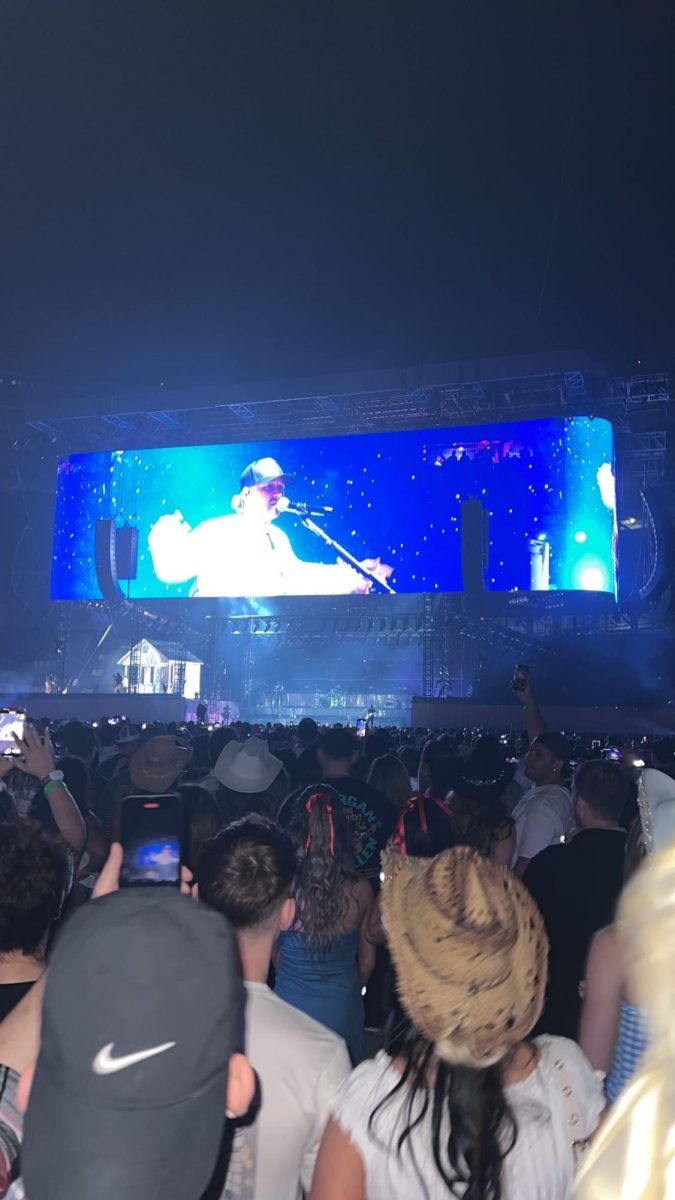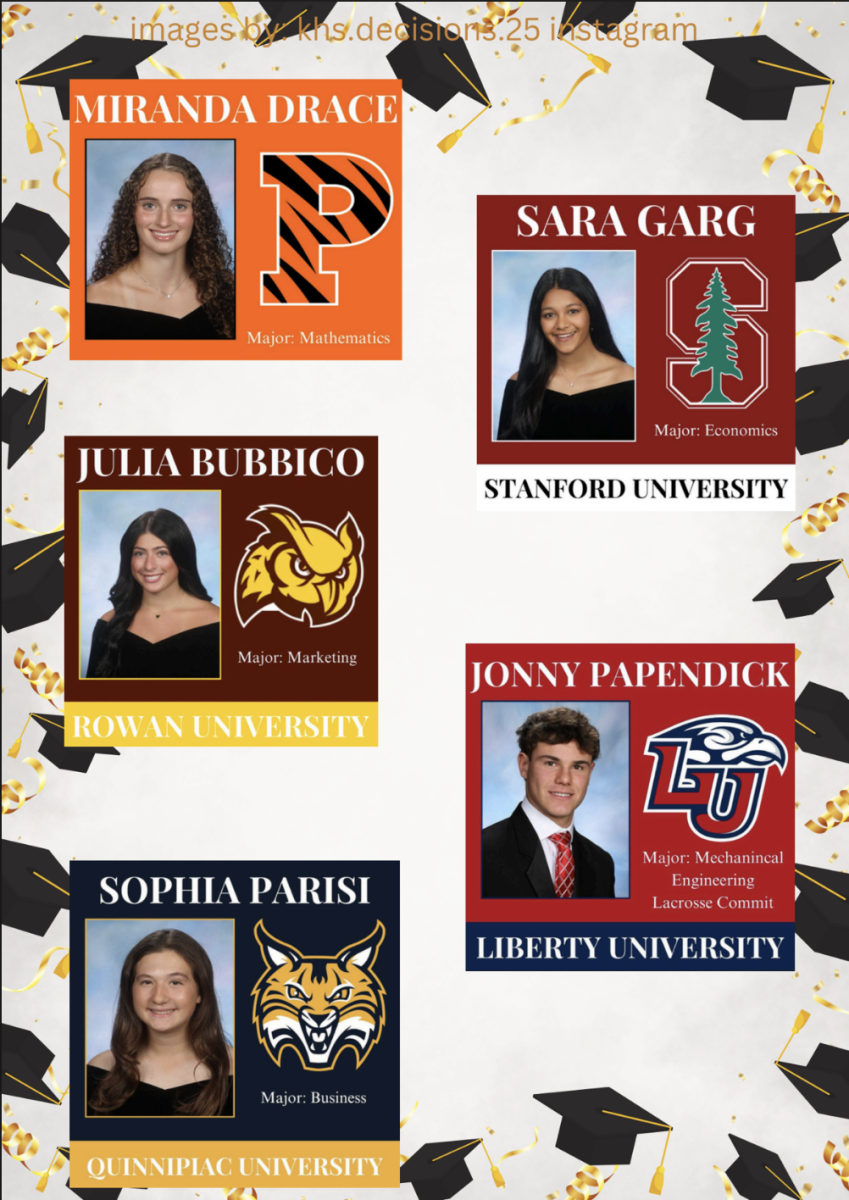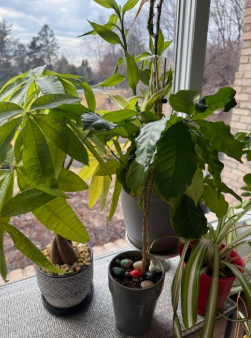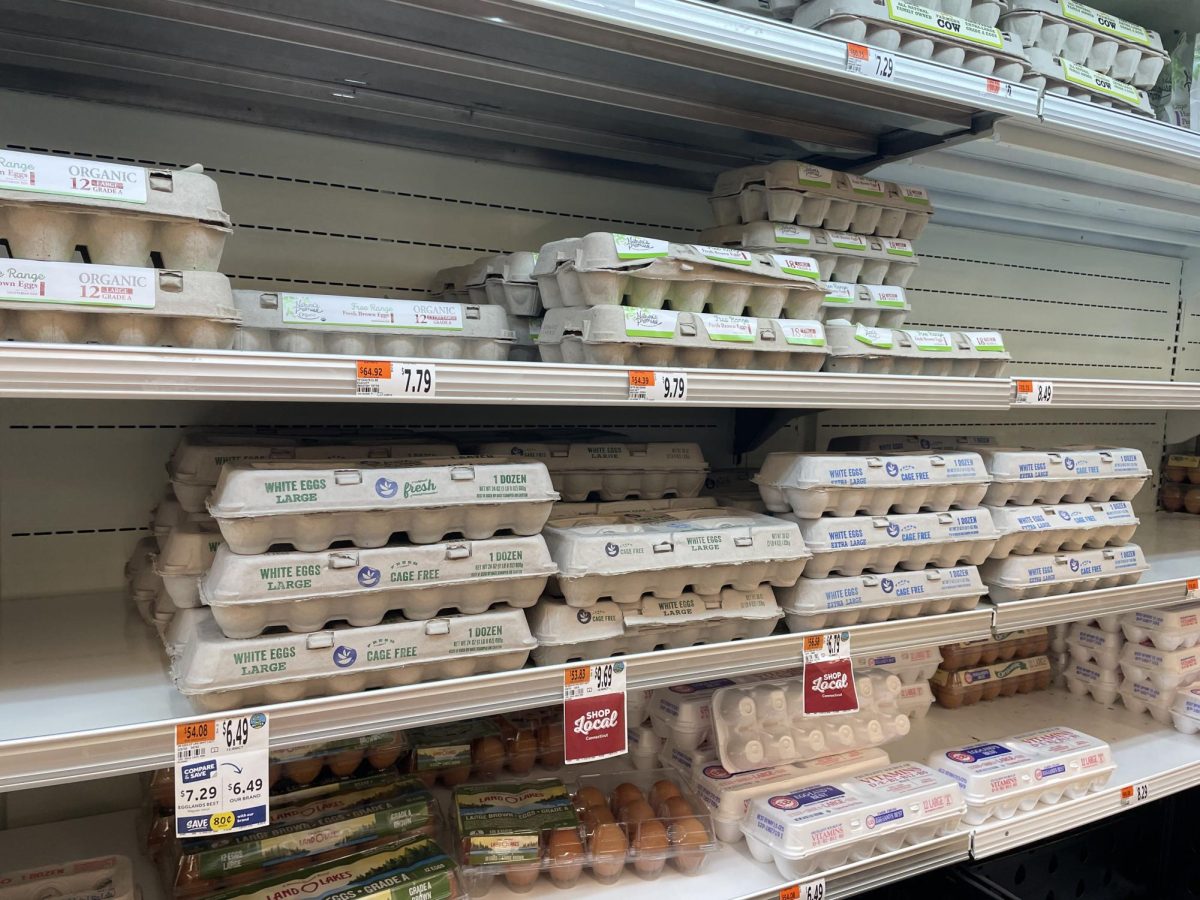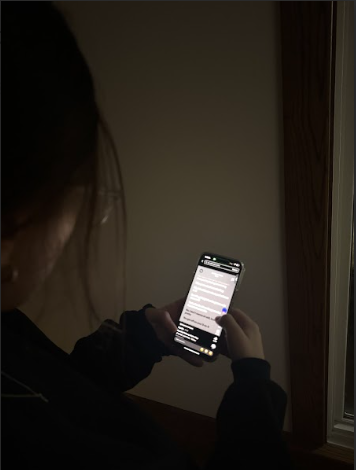
Before the rise of social media, people often learned about music from the radio or word of mouth. However, as TikTok continues to become more popular, it lets an array of audiences discover new songs with different styles and cultures.
Before TikTok became the app it is known as today, it was once known as Musical.ly. Created in 2014, Musical.ly focused on short lip-syncing videos and dances up to one minute long. While some artists gained attention from the app, the music was limited and did not have as many users as it does today.
Research from Statista suggests that around 136 million people in the United States use TikTok. With such a large number of users, music artists gain a unique experience reaching audiences who may not have discovered them through more traditional platforms.
With so many users, TikTok plays a significant role in consuming music. Sophomore Carly Draudt says, “TikTok is reshaping music discovery by allowing users to explore songs from various cultures, creating a bridge between global audiences and local, regional music scenes that they might not otherwise encounter.” This highlights how TikTok introduces popular and lesser-known music through its diverse feed.
One student who has discovered music on TikTok firsthand is Junior Lauren Dumaresq, who says, “TikTok helps expose different genres because it lets people post short videos with a song; if the video goes viral, so does the music.”
A major part of TikTok is the algorithm, which analyzes user behavior to suggest content. This means that if a user shares, likes, or favorites a video, similar content will appear on their For You Page in the future. This lets artists become viral, no matter their popularity outside the app.
Personalized content increases the popularity of songs and helps users find new music styles. Sophomore Siyana Ahmed says, “When I scroll on TikTok, I often become exposed to music that I wouldn’t normally listen to, and that has helped me develop my music taste. I imagine that it’s probably similar for most people who are on TikTok, too.”
This algorithm has helped songs rise to popularity, sometimes even overnight. Draudt says, “An example is the viral success of ‘Messy’ by Lola Young, a blend of emotional lyrics and pop, which gained global popularity largely through TikTok.”
Due to the increased usage of TikTok, many old songs are being brought back to life, showing how the app helps users find new music and revive old music genres. For example, the 1985 hit “Running Up That Hill” by Kate Bush rose to popularity again after its feature in a viral TikTok trend and its usage in Stranger Things. The song quickly gained global attention, introducing a new generation to music around four decades after the original release. The mix of music from the past and present shows how TikTok is not only impacting what people listen to but also changing how they discover it.
Ultimately, as TikTok continues to grow, new music will become more accessible, allowing audiences around the globe to enjoy diverse music.

